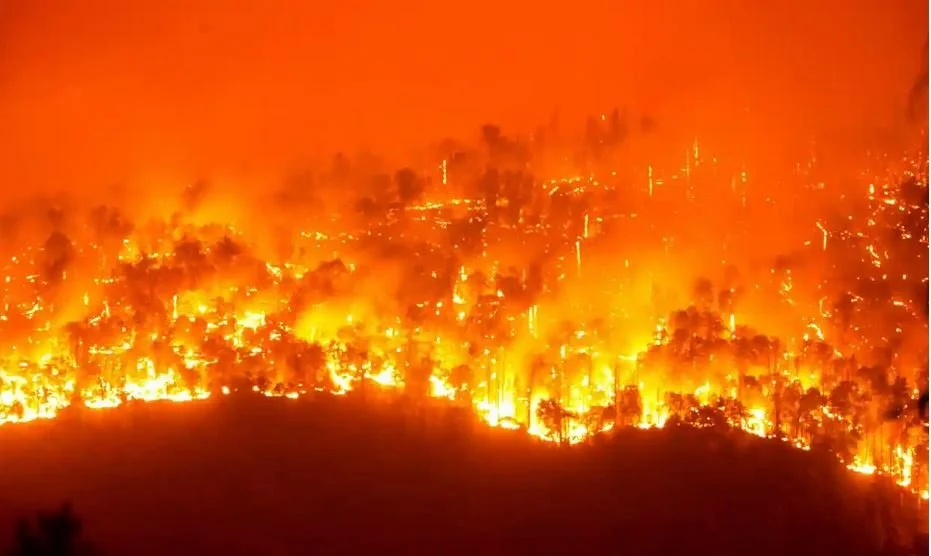Planning for more parks
A report this week acknowledges deep shortages in existing parkland across the city, especially in older areas. Local developers are getting a head start at shaping a new master plan for the next 30 years that is required because the Ford government has re-written park funding rules.
The February 14 presentation was made to the Development Industry Liaison Group (DILG) described as “a vehicle for communication” between the city, the homebuilders association and other “development industry stakeholders”. It met in secret for over a decade until public pressure forced it into the public several years ago.
“Currently the city does not have a comprehensive plan that directs how we plan for parkland,” DILG was told. A newly proposed master plan is intended to “assess and identify how much parkland the city should provide, where it should be located, and how investment should be prioritized.”
An accompanying workbook illustrated that many neighbourhoods currently don’t have sufficient parkland, and noted that expected population growth will likely make things worse. It included a map showing large areas that have no parks despite “high population density” (over 4000 people per square kilometre), especially in the downtown and lower east end.
That’s also the case for much of the rest of the east end and most of the mountain extending into the lower west end and parts of Ancaster where population densities are between 2000 and 4000 people per square kilometre. Across Hamilton there is an average of just over five square metres of park space per person.
Builders at the meeting were encouraged to submit comments by March 11 through a workbook that included questions about the current parkland dedication program that extracts land donations or cash-in-lieu payments from developers. The city says this program needs to be updated. The public also will be able to provide input on how to expand the city’s parkland, with a March 20 deadline.
Currently the city is allowed to collect up to five percent of developer land space or equivalent dollars for new residential subdivisions and two percent for commercial or industrial growth. However, Ford government legislation is forcing the city to create a new parkland funding bylaw by mid-September. That requires a parks master plan, hence the process now underway.
The new provincial rules were legislated in September 2020 in the “COVID-19 Economic Recovery Act that gave municipalities two years to comply. By the same time, the city will also be required to re-write its development charges bylaw.
With expected population growth, the new parks master plan will consider some “non-traditional” ways to obtain more parkland including closing streets or using surface parking lots or contaminated lands. The presentation also suggested “partnerships” with private companies. This might take the form of deals to allow public access to green spaces on privately owned lands in return for benefits to the developers.
The presentation pointed to multiple major challenges facing the parks system. These include the current shortfalls, limited city funds dedicated to buy more parks and “limited opportunities” to purchase them where most needed.



